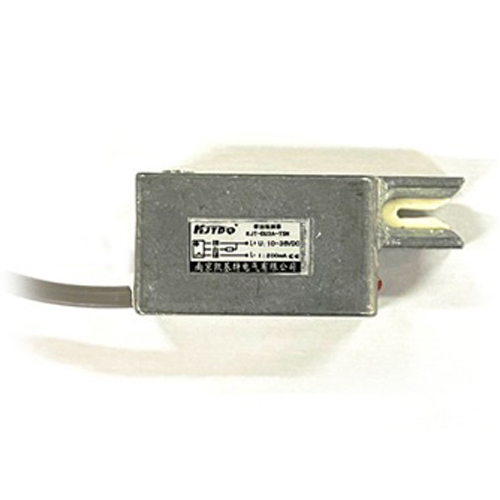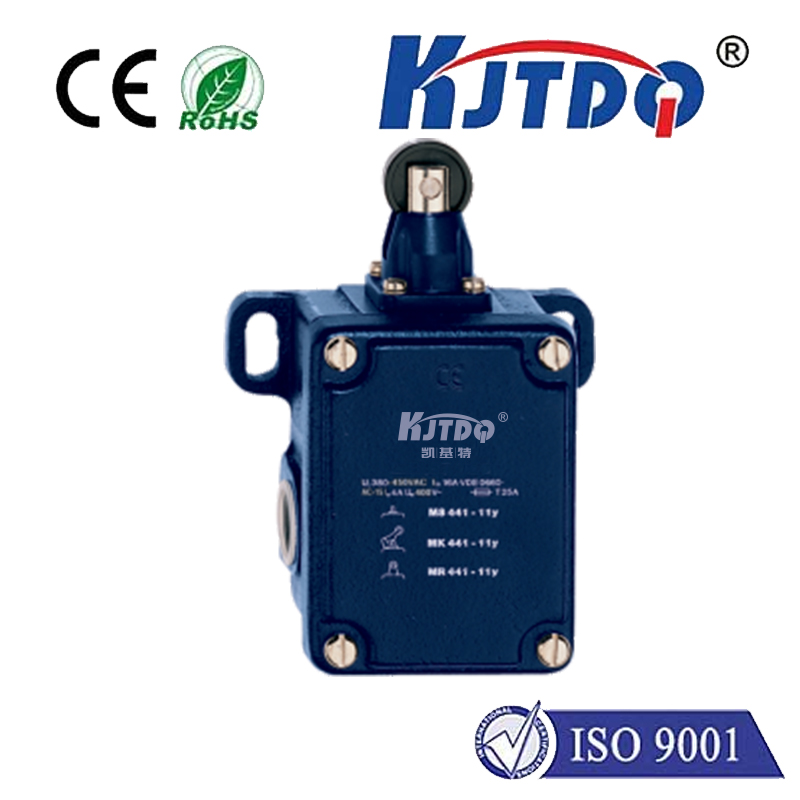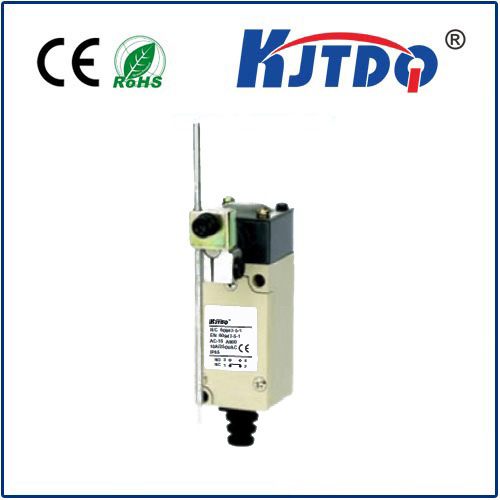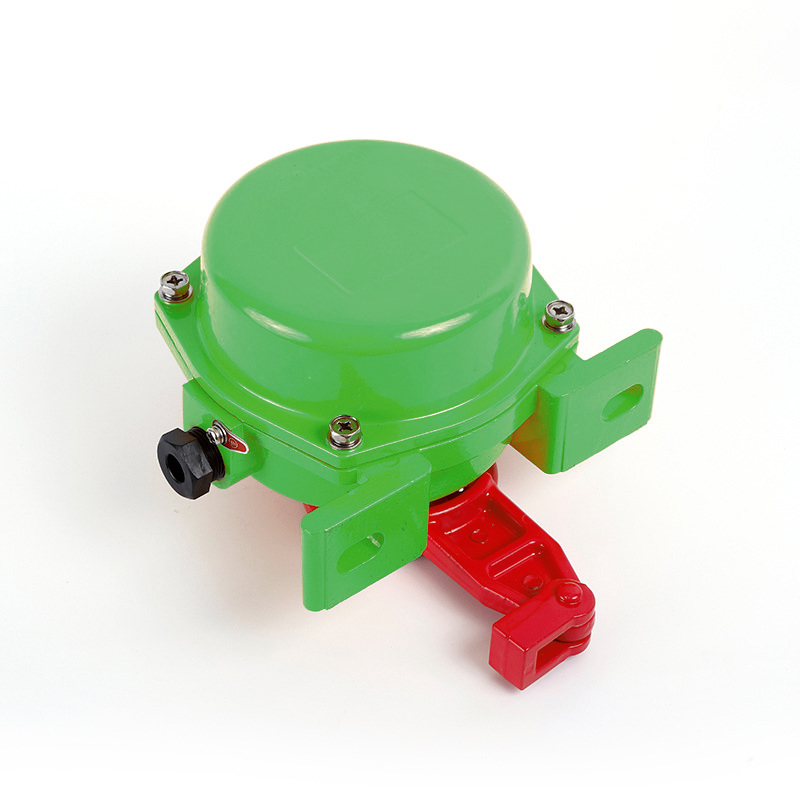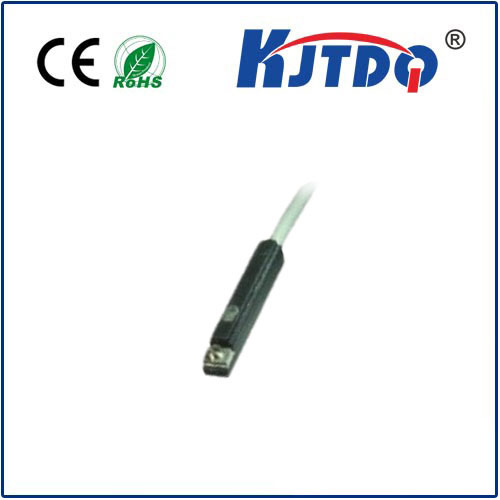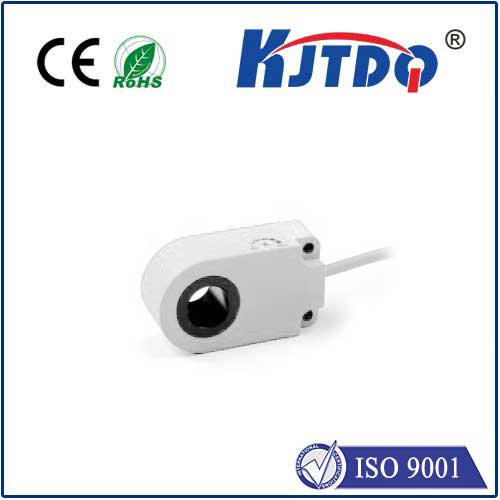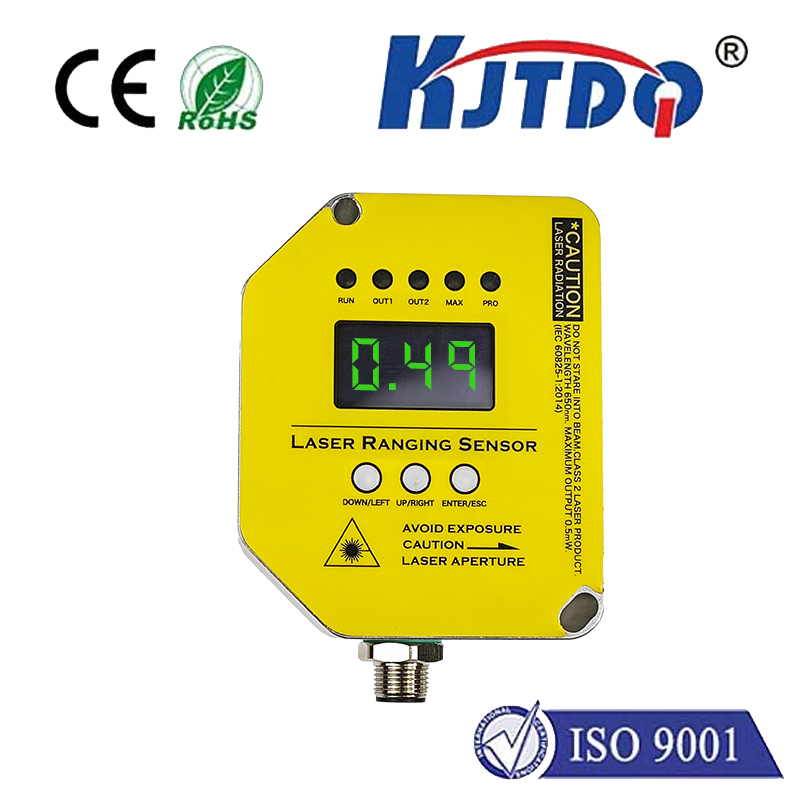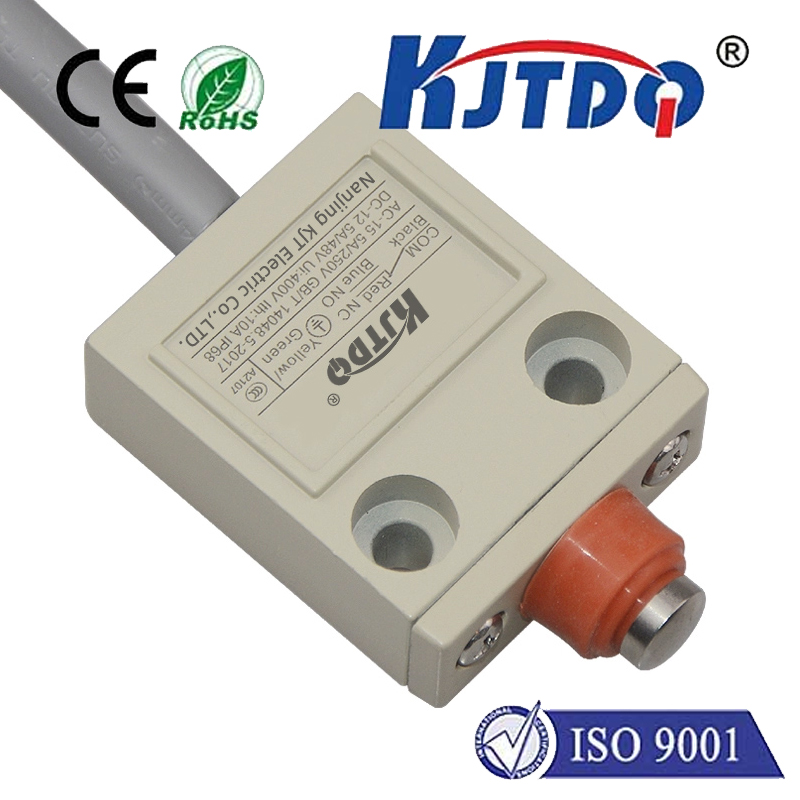reflection distance photoelectric sensor
- time:2025-09-15 08:45:23
- Click:0
The Evolution of Reflective Distance Measurement: Photoelectric Sensors Leading the Way
Imagine a robotic arm smoothly placing components on a circuit board with micron-level precision, or an autonomous forklift navigating a bustling warehouse aisle, stopping perfectly before an unexpected obstacle. These feats of accuracy and safety rely heavily on a fundamental sensing technology: the reflection distance photoelectric sensor. This sophisticated device represents a significant leap in non-contact measurement, providing reliable distance data critical for automation, quality control, and countless other applications. But how exactly does it achieve this, and what makes it so indispensable in the modern technological landscape?
At its core, a reflection distance photoelectric sensor operates on a beautifully simple yet powerful principle: it emits light and precisely measures the distance to an object by analyzing the light reflected back. Unlike simpler diffuse sensors that merely detect presence based on the intensity of scattered light, or retro-reflective sensors needing a reflector opposite the emitter, this sensor type calculates an actual distance value. Here’s the breakdown of its inner workings:

- Light Emission: The sensor contains a specialized light emitter, commonly a laser diode (visible or infrared) or a high-powered LED. This emitter generates a focused beam of light directed towards the target area.
- Reflection: When this emitted beam strikes an object within its detection range, a portion of the light is reflected back towards the sensor.
- Light Reception: A sensitive photodetector (like a photodiode or position-sensitive device - PSD) within the sensor captures this reflected light signal.
- Distance Calculation: This is where the magic happens. The sensor employs sophisticated techniques to determine the distance based on the received signal:
- Time-of-Flight (ToF): The most common and robust principle for true distance measurement. The sensor measures the incredibly short time it takes for the emitted light pulse to travel to the object and back. Knowing the constant speed of light, it calculates the distance using the formula: Distance = (Speed of Light × Time of Flight) / 2. Advanced electronics and signal processing are crucial for accurately measuring these nanosecond-scale time intervals.
- Triangulation: Often used in shorter-range, very high-precision applications. Here, the emitter and receiver are positioned at a known angle to each other. The point where the reflected light hits the receiver element (like a PSD) shifts depending on the object’s distance. This shift is precisely measured to calculate the distance using trigonometric principles.
The power of reflection distance photoelectric sensors lies in their unique blend of capabilities:
- True Distance Measurement: Provides absolute distance values, not just presence/absence or simple switching signals.
- Non-Contact Operation: Measures without physically touching the object, eliminating wear and tear and preventing damage to delicate surfaces.
- High Speed & Precision: Modern sensors offer incredibly fast response times (microsecond range) and can achieve resolutions down to micrometers, depending on the technology and range.
- Flexibility: Works effectively on a vast array of object shapes, sizes, colors, and surface types (though highly reflective or absorbent surfaces can pose challenges). They handle targets moving at high speeds with ease.
- Compact & Robust Designs: Engineered for demanding industrial environments, offering resistance to dust, moisture, vibration, and electrical noise.
These advantages propel reflective photoelectric distance sensors into a staggering array of applications:
- Industrial Automation: Precise positioning of robotic arms, end effectors, and workpieces; level monitoring in silos or tanks; thickness measurement of materials like sheets, films, or glass; contour profiling for quality control; collision avoidance for AGVs and mobile robots.
- Logistics & Material Handling: Object dimensioning (e.g., on conveyor belts for sorting/packaging); palletizing height control; load presence/distance verification in automated storage systems.
- Packaging Machinery: Fill level control in bottles and containers; stack height verification; accurate label placement; web guiding and tension control.
- Automotive: Assembly line positioning; gap and flushness measurement on body panels; assistance systems development (like automated parking sensors).
- Electronics Manufacturing: Component placement height verification; PCB warpage detection; precision alignment during bonding processes.
- Renewable Energy: Position tracking in solar panel trackers.
- Safety: Creating protective fields around dangerous machinery zones without physical barriers.
- Consumer Electronics & Robotics: Enabling features like autofocus, gesture recognition, and advanced navigation/obstacle avoidance in drones, vacuum cleaners, and other smart devices.
Illustration: A reflection distance photoelectric sensor precisely measuring the position of an object. (Image concept: focused light beam from sensor hitting an object)
While incredibly capable, maximizing the performance of a distance measuring photoelectric sensor requires careful consideration:
- Target Characteristics: Highly polished surfaces can cause specular reflection, directing light away from the receiver. Very dark or matte black surfaces absorb most light, reducing signal strength. Understanding the target surface is key.
- Operating Range: Selecting a sensor with a range suitable for the application is critical. Performance degrades near the minimum and maximum limits.
- Environmental Factors: Intense ambient light (especially sunlight), airborne dust, fog, or steam can interfere with the light beam, potentially disrupting measurements. Many sensors incorporate filters or modulation techniques to combat this.
- Mounting & Alignment: Ensuring the sensor is correctly positioned and aligned relative to the target path is essential for reliable operation.
- Calibration: While typically stable, some high-precision applications might require periodic calibration checks against known standards.
From manufacturing floors to smart consumer gadgets, the reflection distance photoelectric sensor is an invisible yet indispensable driver of precision, efficiency, and automation. Its ability to provide fast, accurate, and non-contact distance measurement solves complex problems across countless industries. As sensing technology continues its relentless advancement – with increased precision, intelligence (like integrated IO-Link diagnostics), and resilience – these sensors will undoubtedly unlock even more sophisticated applications, solidifying their role as fundamental building blocks in the intelligent systems of today and tomorrow.






